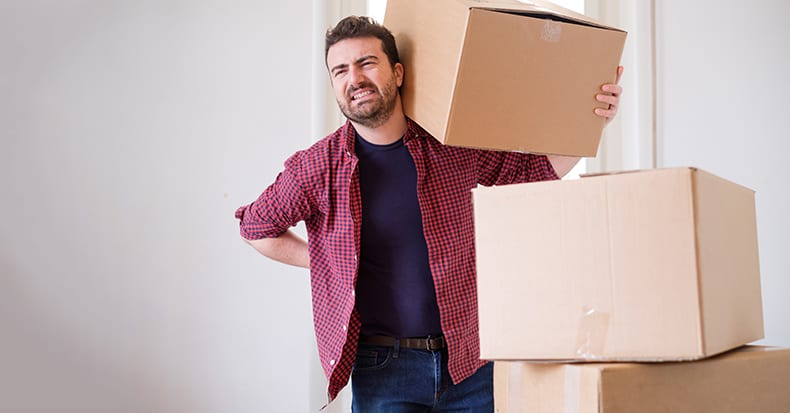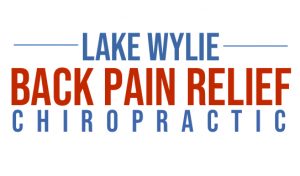Because it’s estimated that 80% of us will suffer a severe back pain episode at some point in our lives, it would certainly be beneficial to discuss the topic of preventing back injuries in the first place. As they say, an ounce of prevention is worth a pound of cure. There are two aspects to prevention of back pain: 1) keeping the back both strong and flexible, and 2) avoiding mistakes during movements that may cause injury.
As far as exercise is concerned, nothing is more beneficial to the spine than walking. Aside from strengthening the muscles in the back and legs, walking improves circulation in the body which helps keep the tissues in your back—especially cartilage—healthy and nourished. Make walking part of your daily routine. Rather than getting into a car to drive a few blocks or across town to run an errand, try walking. Park a few blocks away when you have to use the car so that you can get in a few minutes of walking. Some of us spend five minutes circling in a parking lot just to get a space close to the front door or we get frustrated when we can’t find a space close to the gym! In contrast to sitting, which increases pressure on our disks, walking strengthens muscles and dissipates the pressure on our lower disks.
Keep the back flexible through slow stretching in all of the different ranges. The hamstrings are an often neglected area that affects the lower spine quite a bit. To stretch these muscles, stand upright and put on foot on the back of a chair or sofa. Slowly bend forward and hold this position for 30-40 seconds. It should cause a tight burning pain at the back of the leg. It should not cause a shooting pain down your leg, or increase pain in the lower spine. If it does, then see a healthcare provider immediately. When the hamstrings are flexible, this allows the pelvis to rotate forward when you bend over. If the hamstrings are not flexible, then the lower spine will bend too much to accomplish any lifting task.
The second aspect to preventing back pain is avoiding mistakes, such as lifting with your back instead of your legs. This is especially true if an object is very heavy. Even for light objects, it’s especially important to avoid twisting motions while bending over.

